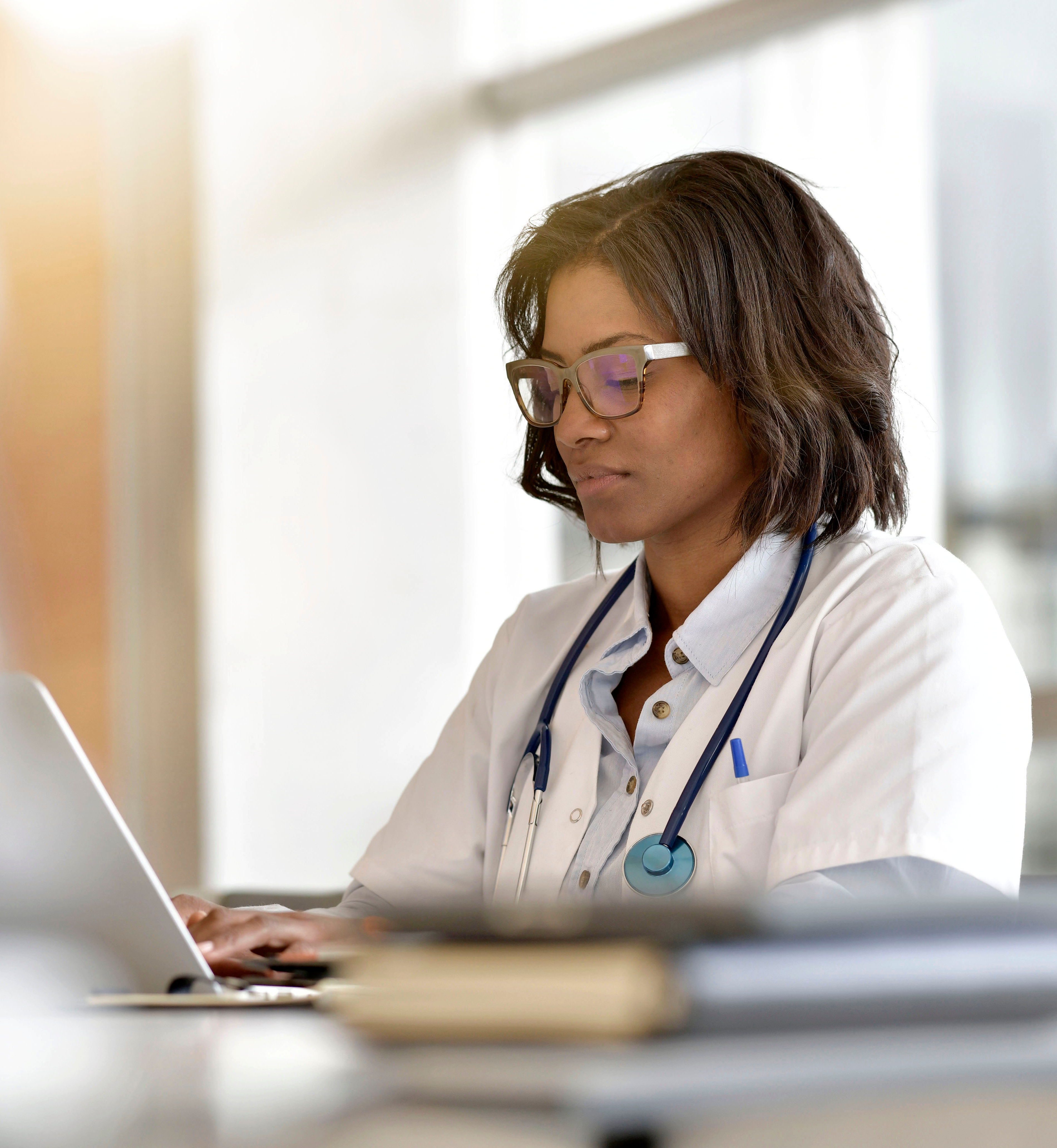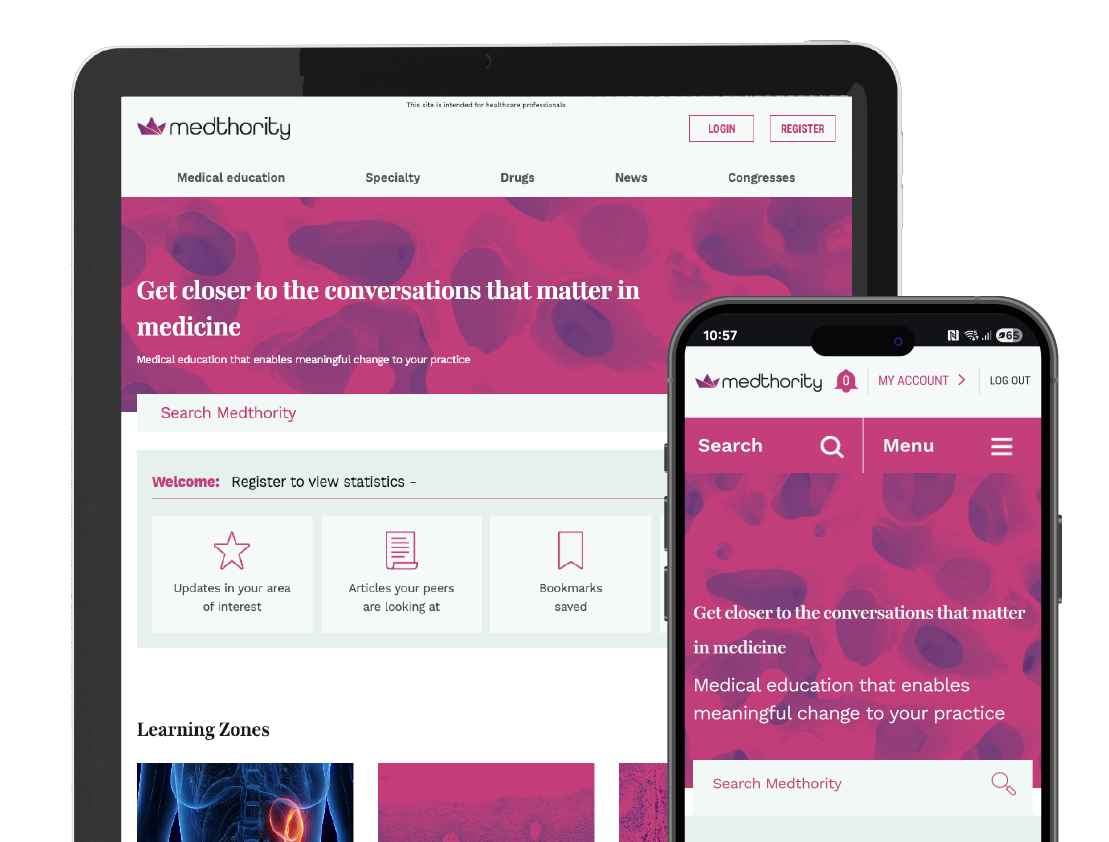EPG Health makes it easy for healthcare professionals (HCPs) to discover and consume valuable medical education online, empowering them to make a difference for patients.
- Reach 8.4 million verified HCPs globally
- Actionable education spanning all major therapeutic areas
- Powered by deep and diverse insights
- Accessibility at the core of our approach
- Immersive content optimized for digital consumption
- Experts in HCP learning behaviors and outcomes
Time is precious for today’s HCPs. Under pressure from heavy workloads, they need credible sources of quality medical information that are easy to access, consume, and apply in clinical practice.
As a publisher of digital medical education, EPG Health is committed to cutting through the noise. We unlock tailored learning experiences that support deeper understanding, better decisions, and improved outcomes in patient health. Via our independent learning environment Medthority, we connect HCPs with the conversations that matter in medicine.

Enabled by the power of data and insight, we understand and cater for the learning behaviors and educational needs of time-poor HCPs around the world.
Our multi-disciplinary team of medical education experts and patient advocates leverages a diversity of actionable insights, specialist capabilities, and connections with faculty to put clinically relevant knowledge into the hands of HCPs, in the formats that best suit their busy lives.
Raise awareness with target HCP audiences and nurture their progress through the stages of learning
Serve trusted, accessible, and immersive educational programs crafted to support bite-sized consumption
Demonstrate meaningful insights into HCP engagement journeys, evolving needs, and impact on knowledge and behavior change outcomes
We are proud to have the support of many of the world’s top pharmaceutical and life science companies. These relationships help us fulfill our mission to deliver truly accessible scientific content that educates and transforms practice.
Together, we can empower HCPs to make a real difference in human health. To support an educational initiative, please get in touch.

Feedback from our stakeholders
Trusted by HCPs, Pharma and Life Science supporters, Medical Associations, key opinion leaders & patient groups.

